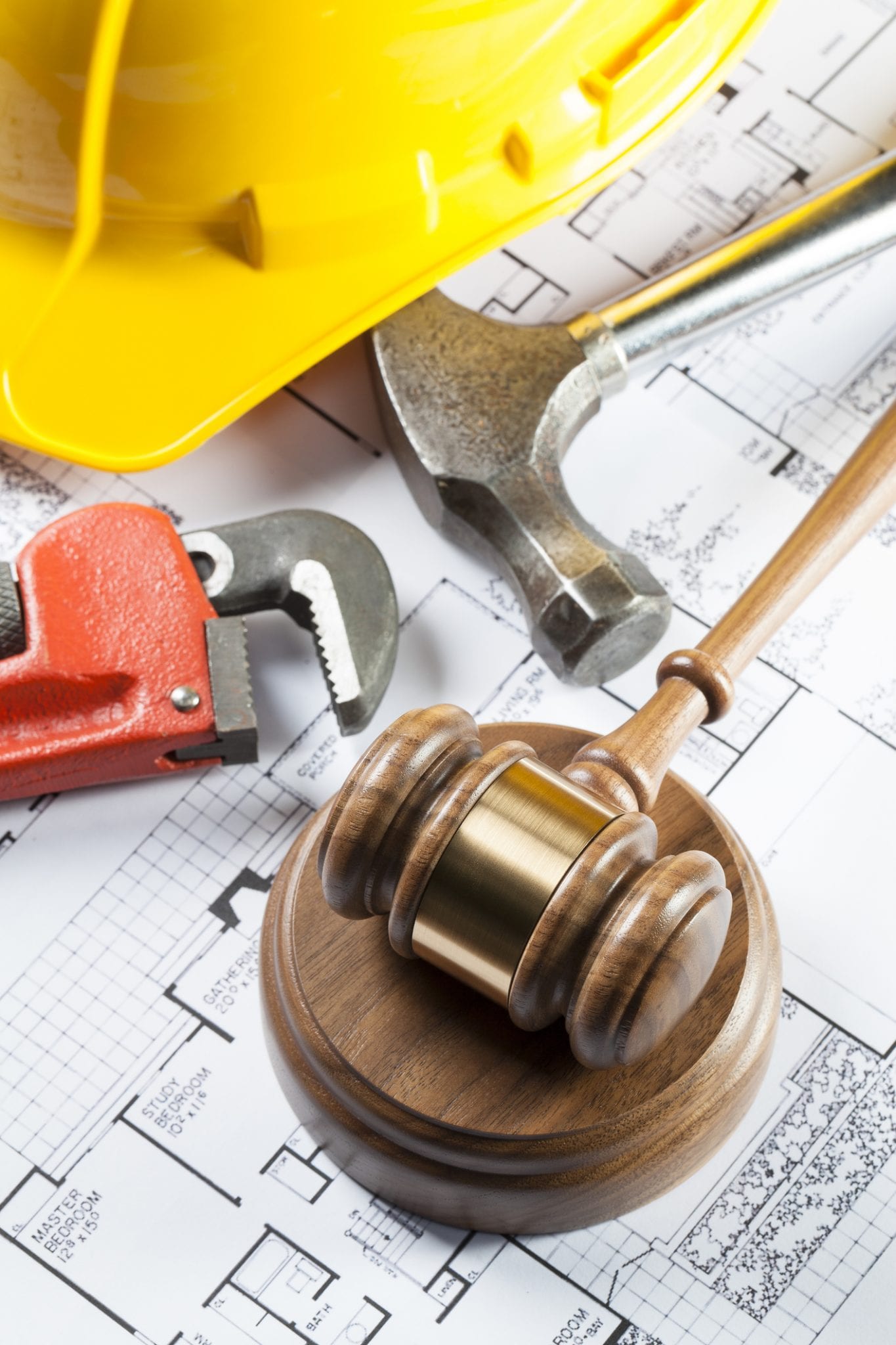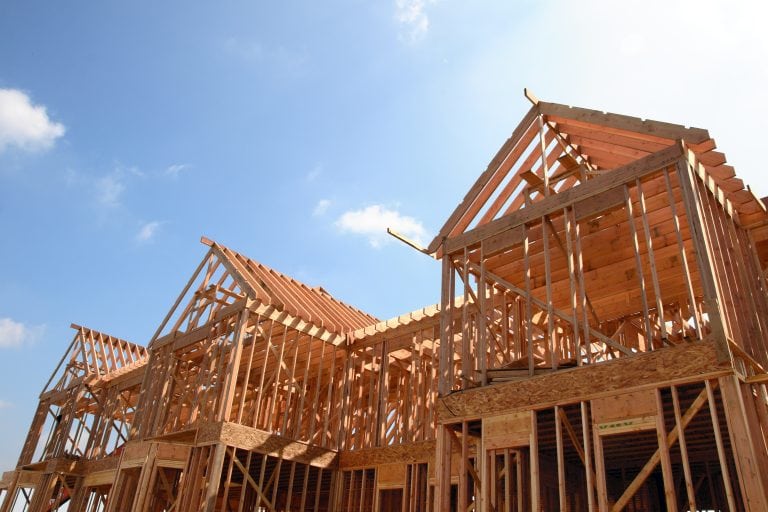
The mechanic’s and materialmen’s lien, more commonly known as the M&M lien, protects contractors and subcontractors in the event of a dispute regarding labor or services performed.
An M&M lien is a way to recoup loss of payment by attaching a lien to a property, making it more difficult to sell or forcing a foreclosure to pay the debt. Simply stated, the M&M lien allows a variety of laborers and service providers the opportunity to reduce, or even eliminate, financial losses if an owner or contractor claims their work was insufficiently performed.
Gaining a proper understanding of the law requires expert guidance and navigation through the murky M&M lien waters.
Who is Covered?
The Texas Constitution states, “mechanics artisans, and material men, of every class, shall have a lien upon the building and articles made or repaired by them for the value of labor, or materials furnished; and the legislature shall provide by law for the speedy and efficient recovery of said liens.”
This means that an original contractor who is contracting directly with the owner is protected under this constitutional lien. However, it also allows for coverage of subcontractors and other similar parties.
Under the Property Code, any person who labors and specially fabricates material for construction or repair is entitled to a lien.
In the end, the State of Texas wants businesses of all sizes to be protected so they may succeed and continue to contribute to the financial success of the State. The M&M lien is designed to accomplish this.
How does one file an M&M lien? And, more importantly, when should one file an M&M lien?
Confronting the Complications: It’s about Time
Filing an M&M lien in a timely manner is imperative for a claimant to achieve a successful outcome. If a claimant does not follow the requisite rules necessary to legally secure his or her interests in the property, then there may be no way to avoid the financial losses.
Improper notice, untimely notice, untimely filing of the lien, and other incorrect procedures in relation to filing a lien affidavit can hinder a contractor or subcontractor’s legitimate interest in the property.
The procedure for perfecting a lien depends on the type of contractor filing a claim. However, it should be noted that all liens should be filed in the county where the property is located. An attorney experienced in construction law and, more specifically, M&M liens will be able to tell you exactly when you must file.
Protected Against the Unexpected
While the M&M lien has the propensity to create a convoluted mess, it can be a viable tool for those who may need it. Being able to define the M&M lien, understanding who is covered by these liens, knowing how to and when to file, and protecting one’s liabilities from the complications that may arise are critical for the protection of one’s assets and financial health. The State of Texas has a system in place to ensure contractors and subcontractors are protected from the unexpected.
Put the Best Players on Your Team
Attorneys at The Cromeens Law Firm are here to guide claimants through the process of filing an M&M lien. Contact one of our experienced attorneys today by calling 713-715-7334 or contact us online to discuss your options and ensure that your assets are covered.
This article is intended as a general educational overview of the subject matter and is not intended to be a comprehensive survey of recent jurisprudence, nor a substitute for legal advice for a specific legal matter. If you have a legal issue, please consult an attorney.







